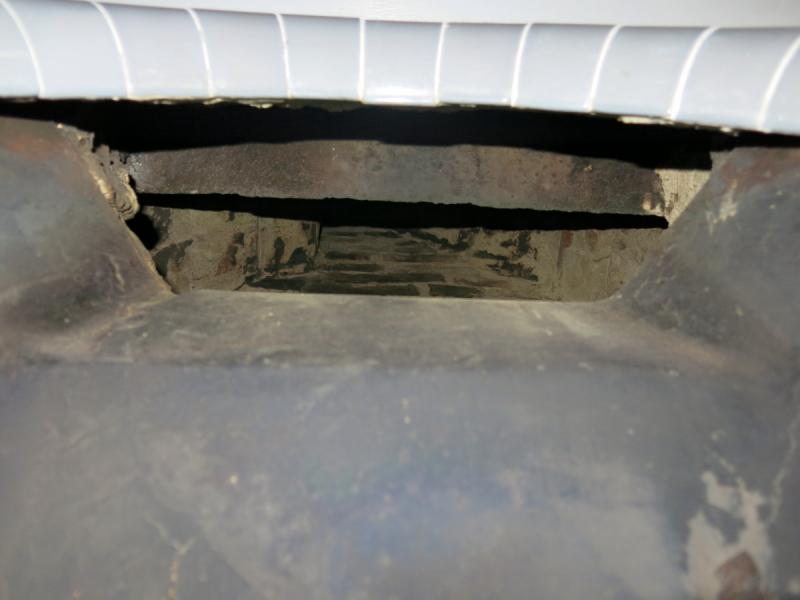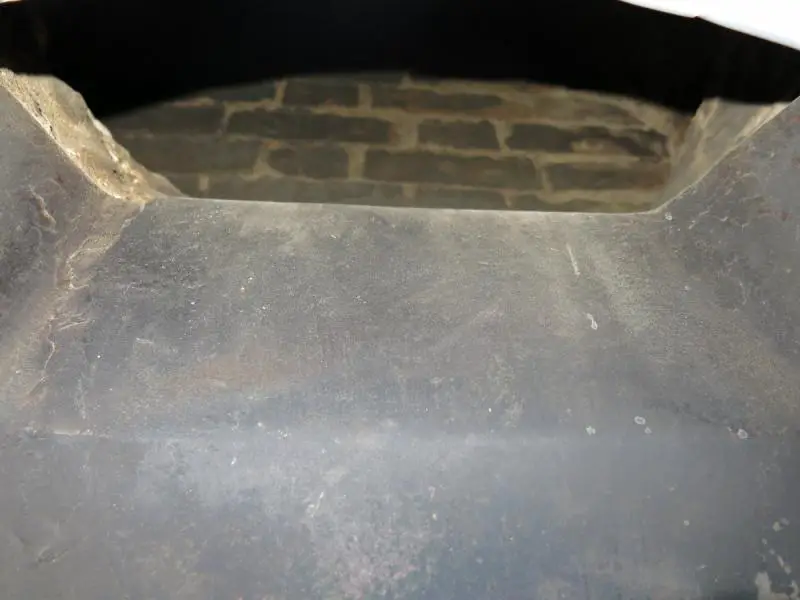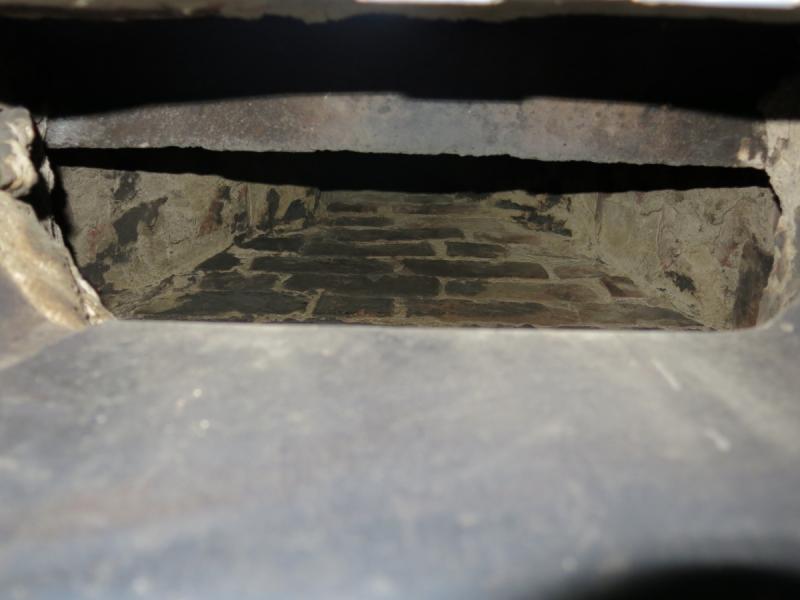- Joined
- 17 Sep 2012
- Messages
- 12
- Reaction score
- 0
- Country

Hi,
It's a 1920s house with originally four fireplaces, two downstairs and two upstairs.
The upstairs ones were blocked off at some point. Downstairs I want to keep the dining room one for aesthetic reasons, and use the one in the living room as an open fire (for now at least).
I had a chimney sweep inspect both of them and sweep both chimneys. He said that the one in the living room can be used. The one in the dining room needs chimney stack render fixed first, but like I said I have no intention of using it for now.
I have used the one in the living room since, and it seems ok, at least not smokey. I have also bought a CO detector (the one that actually shows the level) and it's been showing zero.
When I don't use it I block it off with a chimney balloon. It has been a bit of a pain to fit it in every time, so I decided to inspect the throat in more detail.
The interesting thing I have found is that there does not seem to be a throat forming lintel, at least not in the shape I would expect. There is some kind of lintel, but I think it is there to just support the brickwork above and it is flat faced, i.e. rectangular shape rather than triangular. It is also quite some distance up from the the opening and the fireback, which pictures do not show very well. I'd think throat forming lintel normally sits on top of the fireback.
I have checked the other fireplace and it has a similar arrangement, so I don't think it was modified.
So here are my questions:
1) What kind of arrangement is this? Is it usual for the fireplaces of that vintage?
2) Where do you reckon is the best position for the chimney balloon? The lintel is reachable from below, but it is in a distance from the opening band I need to stretch my arm to reach it
3) Has anyone got any experience to share about the chimney sheep (http://www.chimneysheep.co.uk/)? Is this going to be a better option than the balloon?
Here are some pictures
[/img]
It's a 1920s house with originally four fireplaces, two downstairs and two upstairs.
The upstairs ones were blocked off at some point. Downstairs I want to keep the dining room one for aesthetic reasons, and use the one in the living room as an open fire (for now at least).
I had a chimney sweep inspect both of them and sweep both chimneys. He said that the one in the living room can be used. The one in the dining room needs chimney stack render fixed first, but like I said I have no intention of using it for now.
I have used the one in the living room since, and it seems ok, at least not smokey. I have also bought a CO detector (the one that actually shows the level) and it's been showing zero.
When I don't use it I block it off with a chimney balloon. It has been a bit of a pain to fit it in every time, so I decided to inspect the throat in more detail.
The interesting thing I have found is that there does not seem to be a throat forming lintel, at least not in the shape I would expect. There is some kind of lintel, but I think it is there to just support the brickwork above and it is flat faced, i.e. rectangular shape rather than triangular. It is also quite some distance up from the the opening and the fireback, which pictures do not show very well. I'd think throat forming lintel normally sits on top of the fireback.
I have checked the other fireplace and it has a similar arrangement, so I don't think it was modified.
So here are my questions:
1) What kind of arrangement is this? Is it usual for the fireplaces of that vintage?
2) Where do you reckon is the best position for the chimney balloon? The lintel is reachable from below, but it is in a distance from the opening band I need to stretch my arm to reach it
3) Has anyone got any experience to share about the chimney sheep (http://www.chimneysheep.co.uk/)? Is this going to be a better option than the balloon?
Here are some pictures
[/img]




